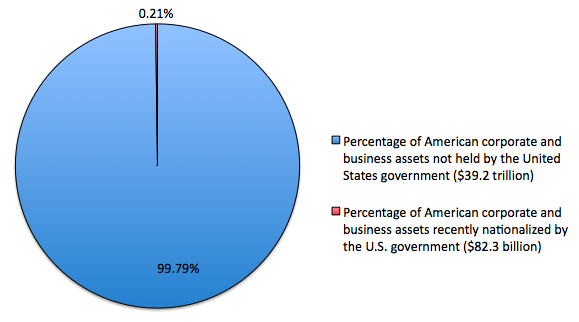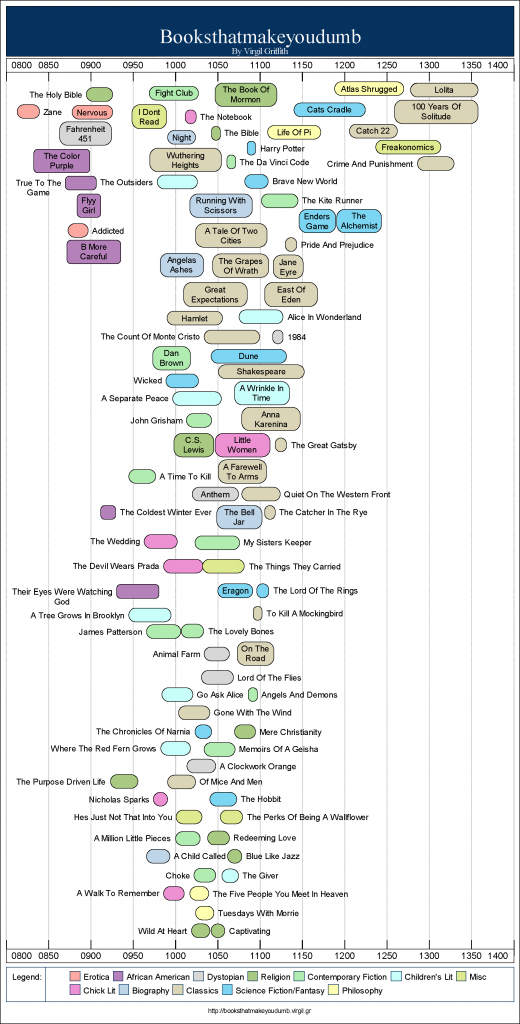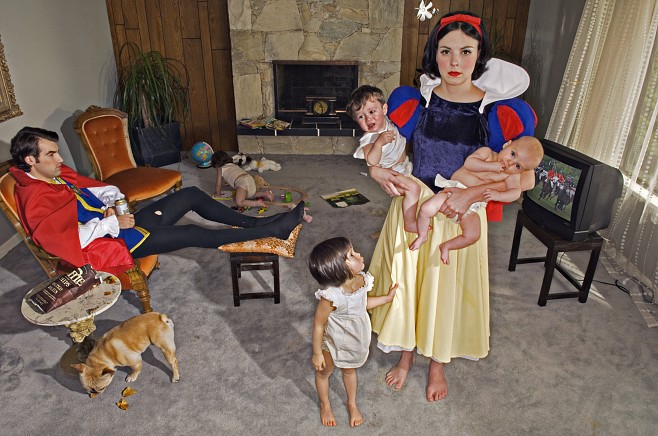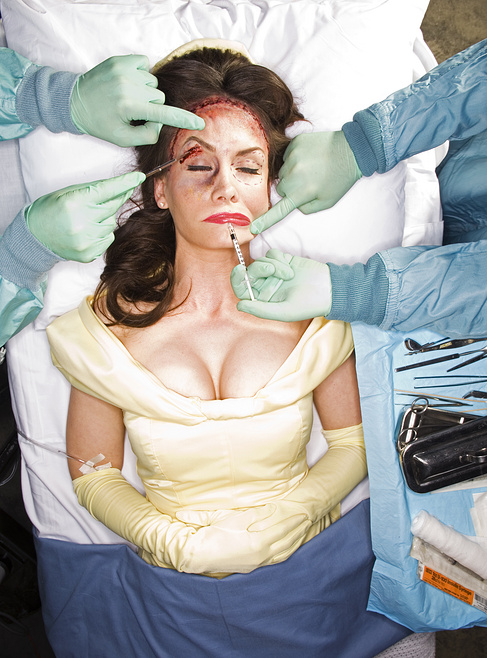Conor Clarke, at the Atlantic, offered up a graphic to call into question those who accuse Obama of being a socialist (Jonah Goldberg, Alabama Senator Richard Shelby, Phyllis Schlafly, Richard Viguerie, and The Republican National Committee, for example):

According to the graphic, Obama has nationalized 0.21% of the corporate and business assets since taking office.
Clarke says:
Socialism, like farenheit, comes in degrees. Sure, a government that nationalizes GM is “more socialist” than one that does not, even if it doesn’t mean we’re living “under socialism.” But differences of degree shouldn’t obscure differences of kind, and as Tim Fernholz says, “it’s clear that putting the government in charge of private production is not the Obama administration’s guiding philosophy.”
He adds:
If it were, 99.79% of the American corporate assets that existed at the start of the Obama administration would not remain in private hands. The differences of degree are so small that they aren’t worth mentioning. And yet, somehow, they keep getting mentioned.
The fact that whether Obama is a socialist “keep[s] getting mentioned” is an example of agenda setting. Those who control media content have the ability to set the agenda. That is, they can tell us what to think about (though not necessarily what to think). By constantly asking questions or making accusations about Obama’s socialist inclinations, high-profile individuals encourage us to engage with the idea… even if only to refute it (as Clarke does). Obama’s supposed socialism is on the agenda, even though there is little rationale (as Clarke shows) for such a heightened degree of concern.
For more examples of agenda setting, see these posts on Janet Jackson’s “wardrobe malfunction” and the New Yorker cover scandal.
—————————
Lisa Wade is a professor of sociology at Occidental College. You can follow her on Twitter and Facebook.





















